
A KohiNoor gyémánt átka Sötét titkokat rejt a brit királynéi koronát díszítő drágakő
A Koh-i-Noor gyémánt - a fehér briliáns Egy újabb elátkozott kő keletről Folytatjuk kalandozásainkat a híres és időnként hírhedt gyémántok között. Egy újabb elátkozott kő, egy csodálatos fehér ? kissé zöldbe hajló ? briliáns, a Koh-i-Noor gyémánt következik.
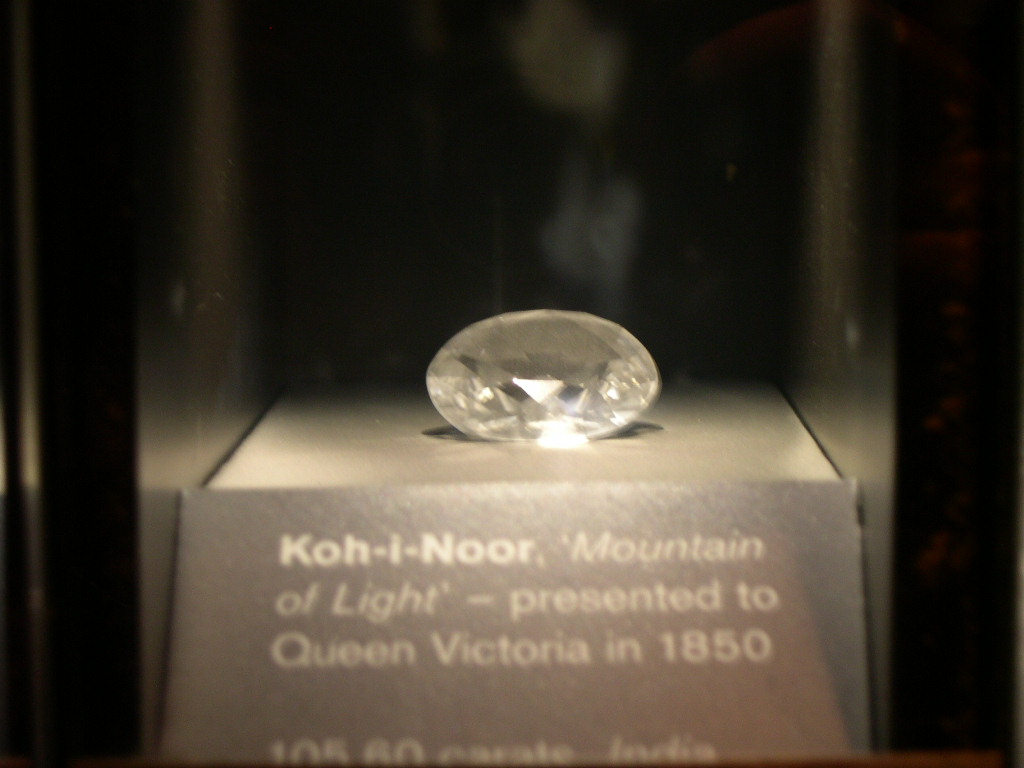
Kohinoor Natural History Museum Sumeet Sirnani Flickr
Like the Koh-i-Noor, the Hope diamond came from India and was displayed at the London Exposition in 1851. It is now displayed at the National Museum of Natural History, having been donated by.

A história do diamante KohiNoor FENINJER+
4 See Calve rt v. C alve rt, 6 1 Nev. 1 68, 1 22 P.2 d 426 (1 942); M az our v. M az our, 64 N ev . 245, 180 P. 2d 103 (1947). 5 Murphy v.Murphy, 65 Nev. 264, 271, 193 P.2d 850, 854 (1948). 6 97 Nev. 143, 625 P.2d 568 (1981).-2-Originally, the Nevada Supreme Court seemed to express the rule that if a party had an attorney , no sort of fr audulent conduct by the other party would permit post.

Mégis vissza akarja szerezni a India
Queen Victoria wearing Koh-i-Noor as a brooch, in an 1856 portrait by Franz Xaver Winterhalter. Wikimedia. Caught in the power tussle between the court of directors and the board of control.

Historia del Kohinoor, el diamante de Isabel II que reclama India
Koh-i-noor, (Persian: "mountain of light") one of the world's most famous diamonds, known for its size (105.6 carats) and the controversy concerning its ownership. Part of the British crown jewels since 1849, the Koh-i-noor is claimed by several countries, including India, which has demanded its return. The diamond originally weighed 191.
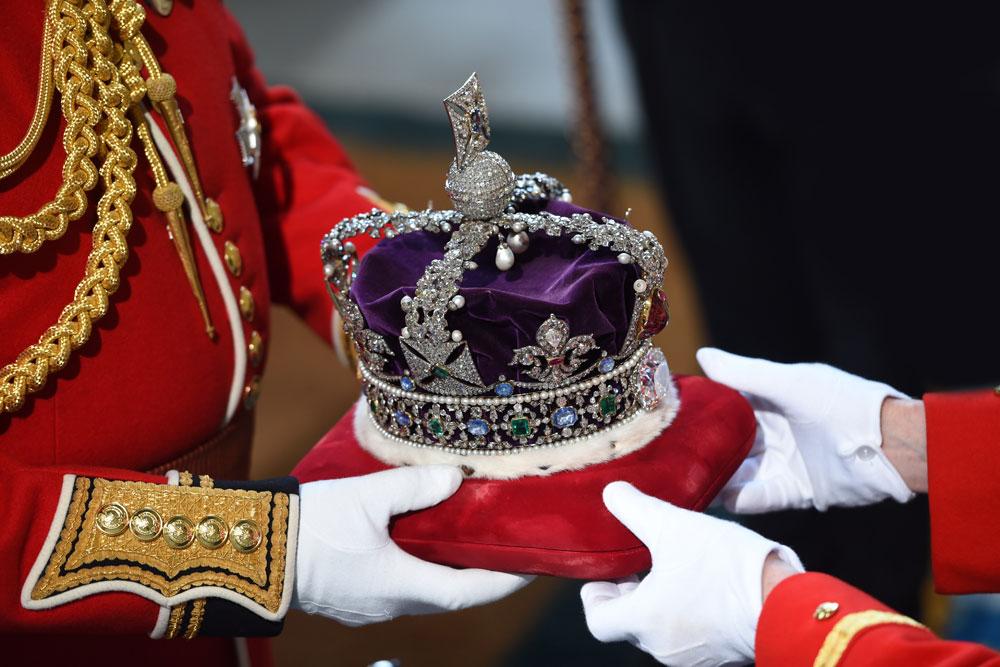
A KOHINOOR ÁTKA Prusi Dosszié
Koch Sándor-Sztrókay Kálmán - Ásványtan, Nemzeti Tankönyvkiadó, Budapest, 1994 Medenbach, Olaf, Sussieck-Fornefeld, Cornelia - Ásványok, Magyar Könyvklub, Budapest, 1992 Oberfrank Ferenc - Rékai Jenő: Drágakövek - Műszaki Könyvkiadó, Budapest, 1993. Wermusch, Günther: A gyémánt története - Kossuth Könyvkiadó, 1987.

KohINoor Museum Diamonds
The Koh-i-Noor ( Persian for 'Mountain of Light'; / ˌkoʊɪˈnʊər / KOH-in-OOR ), [b] [4] [5] also spelled Koh-e-Noor, Kohinoor and Koh-i-Nur, is one of the largest cut diamonds in the world, weighing 105.6 carats (21.12 g). [a] It is part of the Crown Jewels of the United Kingdom.

India changes tack over return of KohiNoor diamond India The Guardian
Find Great Deals on Koh-I-Noor Pencils and Pens at BLICK®. Shop Online and Save! Shop a Variety of Koh-I-Noor Art Supplies at BLICK®. Find Great Deals Online!

5 legendás ékszer a történelemből Kávéház Magazin Kávé és Sztori
A large diamond, valued at "half the daily expense of the whole world," is mentioned in the memoirs of Babur (1483-1530), the first Mughal emperor of India. Babur's diamond, thought to be the Koh-i-noor, changed hands many times and was owned by various Indian and Persian rulers over the centuries. It is said to have obtained its current.
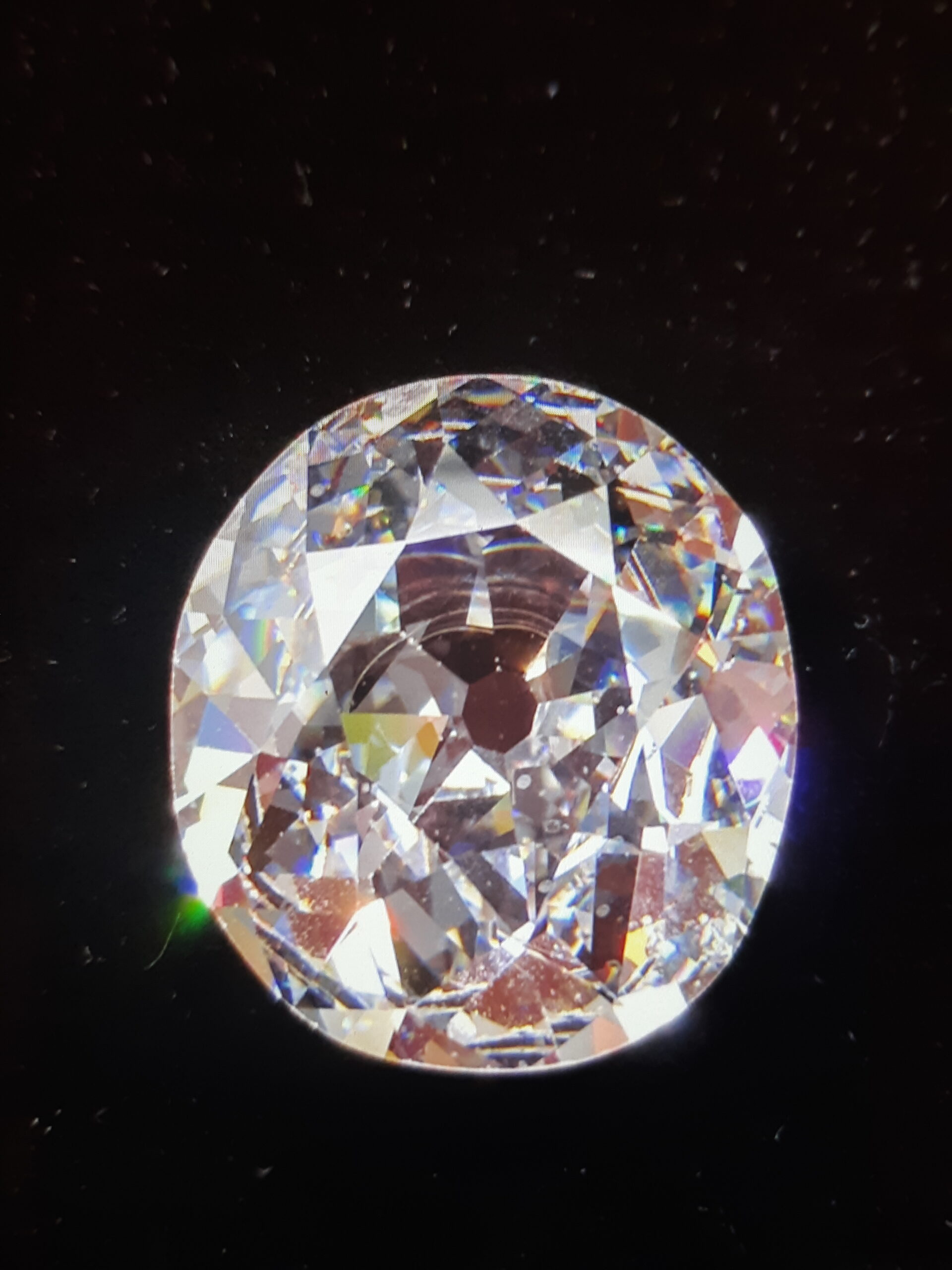
KohINoor Museum Diamonds
Az indiai legenda szerint a Koh-i-Noor története hihetetlen 5000 évre nyúlik vissza, és a drágakő Kr.e. 3000 óta a királyi kincsek része. Valószínűbbnek tűnik azonban, hogy ezek a legendák különböző évezredekből származó királyi gyöngyszemeket kevernek össze, és magát a Koh-i-Noort valószínűleg az i.sz. 1200-as években fedezték fel.

Inside India 8 The curse of the KohiNoor Diamond Vaseem Khan
It is believed that the famous Darya-ye Noor diamond is Kohinoor's double. The Darya-ye Noor is hosted in Iran and has 182 carats. India and Pakistan claim the diamond should be handed by the British back to them. Kohinoor Diamond Cutting. When the Koh-i-Noor diamond arrived in the hands of the British royal family, it weighed 186 carats (37.

Curse of the KohiNoor Diamond Texas Independent Jewelry Appraisers
A 105.6 karátos Koh-i-Noor gyémánt jelenleg a brit koronaékszerek része, az értéke felbecsülhetetlen. Feltehetőleg az indiai Kollur bányából való, ám hogy pontosan mikor és kik bányászták, azt nem lehet tudni.
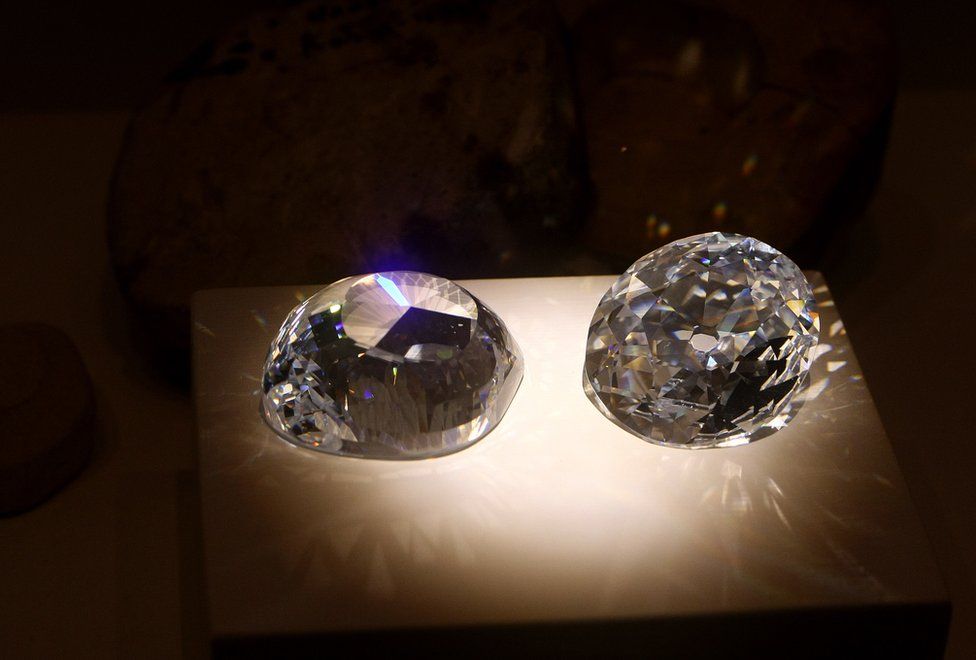
KohiNoor Six myths about a priceless diamond BBC News
Koh-i-Noor A gyűrűben található gyémántot India Golconda régiójában bányászták, neve, a Koh-i-Noor perzsa nyelven azt jelenti a „Fény hegye". Ovális alakja és lenyűgöző, 105,6 karátos súlya páratlan értékű értékké teszi.

KohiNoor den historiska stölden eller gåvan Historikerbloggen
A Koh-i-Noor replica made by John Hatleberg for the Tower London Display for the Museum of Natural History London "Diamonds" exhibition. Mysterious Origins. The diamond has conflicting origins. Some say it was discovered in the bed of the Lower Godavari River 5,000 years ago. Others claim the Koh-i-Noor was mined in the Kollur Mine, in what.

Pakistan lays claim to the KohiNoor diamond centrepiece to the Crown Jewels Daily Mail Online
The Koh-i-Noor diamond (also Koh-i-Nur or Kūh-e Nūr) is one of the largest and most famous cut diamonds in the world. It was most likely found in southern India between 1100 and 1300. The name of the stone is Persian meaning 'Mountain of Light' and refers to its astounding size - originally 186 carats (today 105.6).
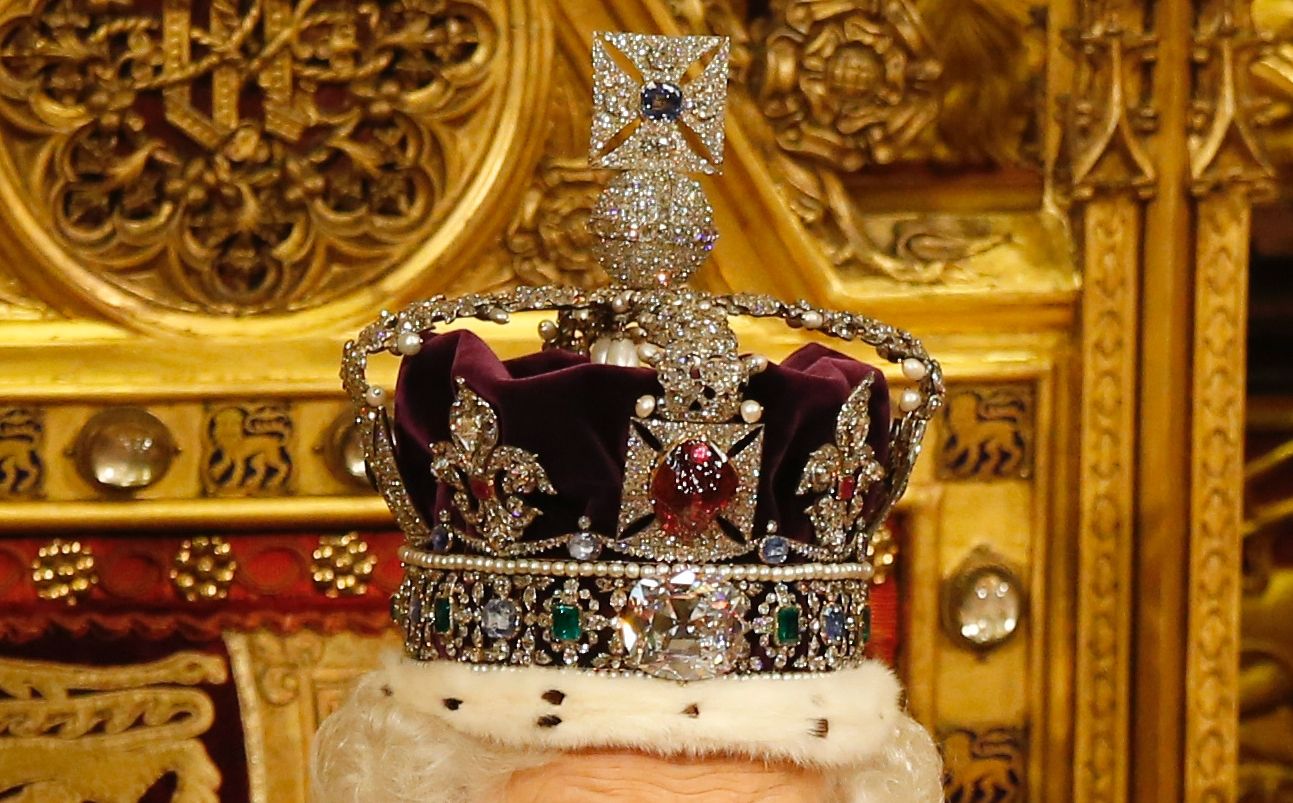
Íme, a világ 3 legdrágább gyémántja! nlc
A Koh-i-Noor gyémánt Hogy került a Koh-i-Noor gyémánt a Kamilla királynőnek szánt koronára? Feszültséget szült volna India és a britek között A Koh-i-Noor nevű gyémántot több nemzet is visszaköveteli Nagy-Britanniától. Polgár-Kovács Gabriella 2023.05.02. III.